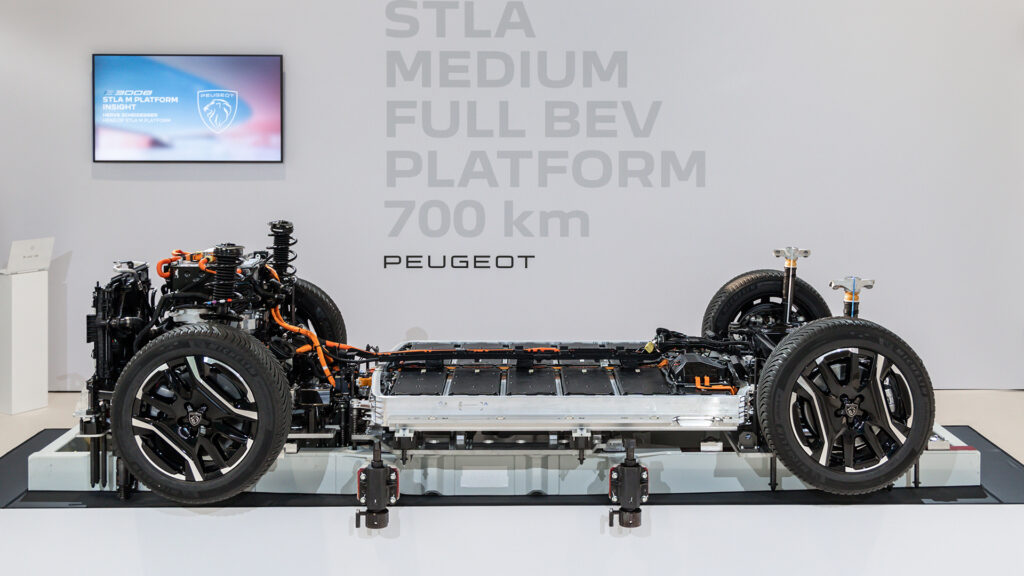Still without compromise on the electric car, the boss of Stellantis spoke about batteries and their future. He wants the industry to find a way to cut the weight of batteries in half.
“ From an environmental point of view (..) I don’t think it makes sense », declared Carlos Tavares, boss of Stellantis, during the Freedom of Mobility forum organized on April 3, 2024 by Stellantis. At the heart of this statement are electric car batteries and their weight.
Carlos Tavares’ observation, taken up by Reuters, is simple: to provide a range of 400 km, judged ” decent » by the boss of this automobile group, the cars must be equipped with 500 kg of additional raw materials. It is precisely this point that is the subject of debate.
Divide the weight of the batteries by two
The essence of the message is not really controversial, it is coherent: to offer ever more autonomy to electric cars, the models are carrying larger capacity batteries. Stellantis is the perfect example. Until now, its models only included batteries of 54 kWh maximum which weighed 345 kg. These batteries ensured 400 km of autonomy according to the WLTP standard, but not 400 km of real traffic.
However, to meet customers’ need for additional autonomy, the group’s brands, such as Peugeot, will soon offer models equipped with a battery of up to 98 kWh on the market. That’s almost 575 kg extra for 700 km. This trend bothers the business manager, who considers that in this context, the environmental benefit of such vehicles is called into question. A speech which is not without consequences.

The boss of Stellantis hopes for a revival in the industry to bring this weight downward in the next decade. In the future, he wants the energy density of battery cells and their chemistry to tend to reduce the weight of future battery packs by 50%, and therefore also reduce ” 50% use of additional raw materials compared to a conventional vehicle “.
For Carlos Tavares, this technological advance could also help resolve the issue of lithium shortages.
Autonomy or charging speed?
However, encouraging greater autonomy is not the only possible response. It is perhaps not necessary to seek to further optimize the energy density obtained by battery chemistry. What is regularly criticized for electric vehicles compared to thermal vehicles is that they require long charging breaks.
This is one of the elements that Chinese battery giants, such as CATL, have been focusing on for several years. Their goal is to be able to fill an electric car battery as quickly as the tank of a thermal car. These rapid recharges could make it possible to limit the size of on-board batteries, which now too regularly exceed 100 kWh, which actually makes no sense.
To follow all the trends in electric cars and their batteries, subscribe to our weekly Watt Else newsletter.
If you liked this article, you will like the following: don’t miss them by subscribing to Numerama on Google News.
